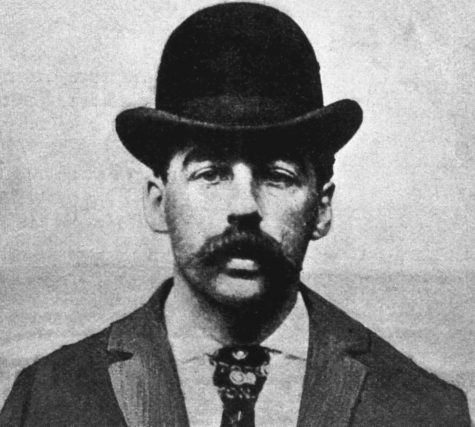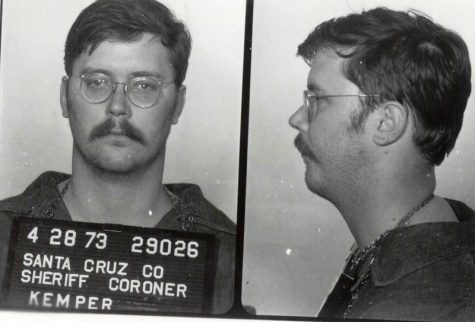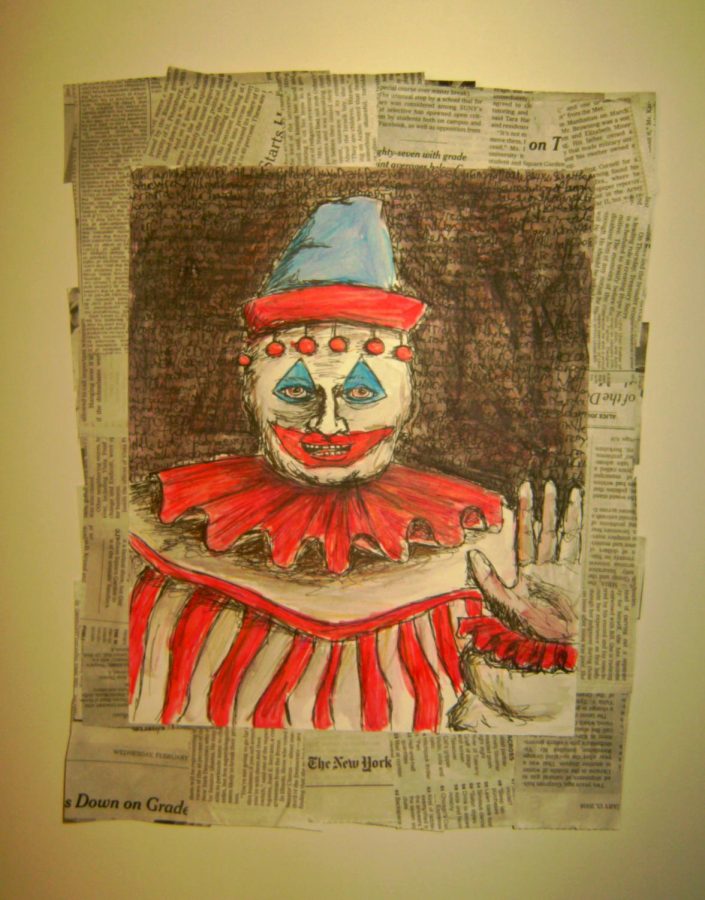Genres of the Average Serial Killer
This article is an informative piece on the background and types of serial killers.
February 14, 2018
Walking down the street, head down, quiet and nervous. This is how most look and act while walking in large cities. The pull of the unknown, of strangers, and of the danger that could arise from any swift meeting is a fear of many people. One could be walking next to a priest, or a prostitute. Or, perhaps, when fate aligns, a serial killer.
The U.S. has been home to many deaths and many murders. There are over 6.2 homicidal murders per a 100,000 population, according to the UNODC 2012. Clearly not all of these were serial murders, yet statistically, there are around 25-50 active serial killers at the current moment. The “unlawful killing of two or more victims by the same offender(s), in separate events” is the official definition of a serial killer by the FBI.

Serial killers claim to kill for a variety of reasons, including gang activity, financial gains, and anger, but enjoyment is the most-used reason. The serial killer has two types: organized and disorganized. The disorganized killer is most likely to be male, with an average IQ of 94.5 (80-95), compared to the 98 U.S. average. The organized serial killer usually has an IQ between 105-120.
There are many versions of the stereotypical serial killers, with a variety of sub-categories within each type. The four main sub-categories are thrill seekers, mission-oriented killers, visionary killers, and power and control serial killers. All of these types have varying methods and reasons behind the killing.
Thrill seekers are simultaneously organized and disorganized, as they document their kills religiously, but do not usually plan out the murder. They enjoy being chased by the police and find amusement in evading the law.
Mission-oriented killers have a goal. They wish to rid the world of something, whether it be a race, gender, orientation, or etcetera. Basically, anyone, they think the world could do without. Mission killers are organized, but easy to track because of their preferences.

Visionary killers feel as if they are told to kill by God, or by the Devil (two sub-categories). They usually suffer from a psychotic break or are ostracized from society in some way.
Power and Control killers tend to enjoy what they do. They tend to have an elaborate history of childhood abuse, making them feel weak as an adult. To fill this ‘hole’ they intend to hold power over their victims.
Killers also sometimes keep mementos of their kills, categorized as trophies or souvenirs. Trophies are things the killer can make into a shrine, a physical documentation of past murders, while souvenirs are things the killer keeps for enjoyment, and for the memory of the murder.
Serial killers are terrifying, and their motives can be difficult to discern. Almost always there is a reason behind their efforts, and if an organizational method can be detected, any serial killer can be spotted and eventually apprehended.







































Emma Sanders • Mar 16, 2018 at 10:02 am
Issy! I thought your article was informative to the reader in a way that the reader does not feel like they are learning, but rather that they are being entertained. And that, my friend, is a rare and sacred feat.